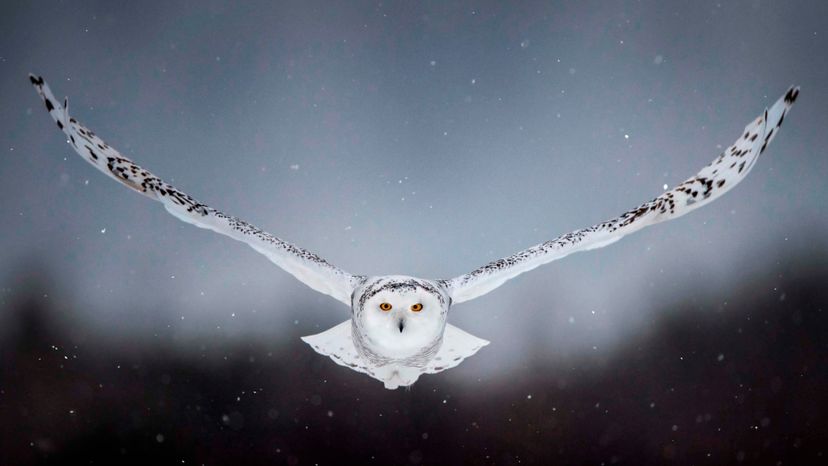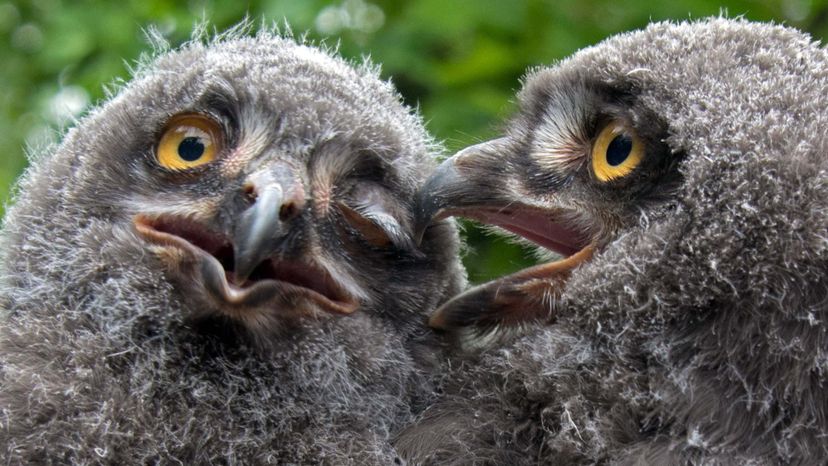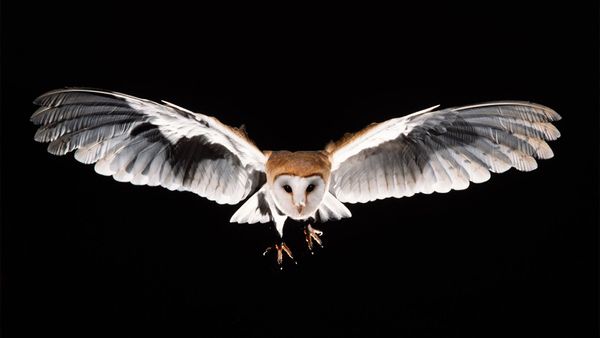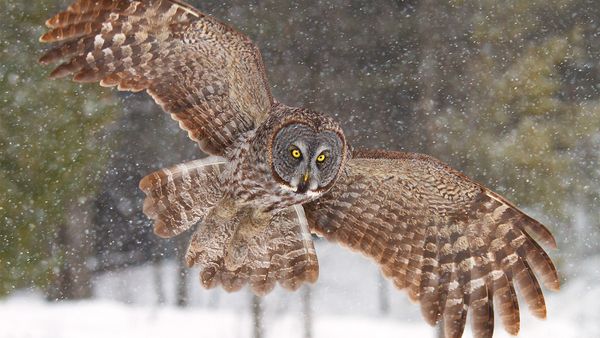
If you travel through the colder regions of North America, southern Canada, northern Europe, or Asia, you may lucky enough to spot a snowy owl, a brilliant white bird of prey with bright yellow eyes.
"Snowy" is an appropriate descriptor for this type of owl, based on its snow-white feathers and the winter territories it likes to occupy. While most owls are nocturnal, snowy owls sleep at night and hunt in daylight.
Advertisement
To get the scoop on snowy owls, we spoke to Denver Holt, founder of the Montana-based Owl Research Institute, who began researching snowy owls in the village of Barrow, Alaska, along the coast of the Arctic Ocean, in 1992 as part of the nonprofit organization's Snowy Owl Breeding Ecology and Lemming Population Study.



